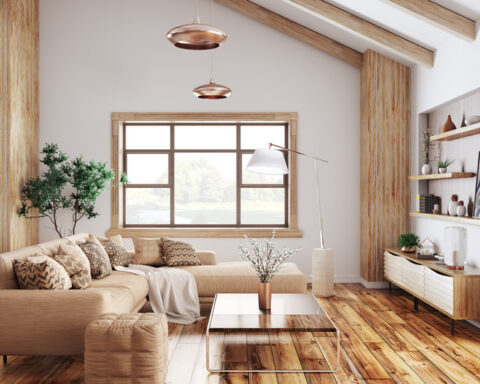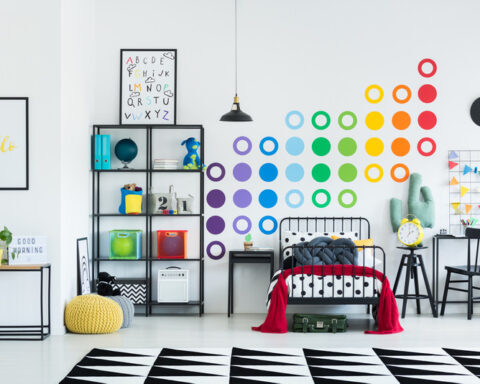An indoor plant is a beautiful addition to your home
Not only do they look beautiful, but they also make a living space calmer and greener. Plants soothe your eyes and souls and make the air you breathe fresher and cleaner. If you have been thinking of bringing some plants home, you should do that at the earliest. But before you do that, here are some things you should know.
Identify a healthy plant
Wilting and yellowed leaves are a telltale sign that the plant has not been cared for, and it’s wiser not to bring those home. Some other signs can be a little discreet, and it’s important to notice leggy or spindly growth, roots extending out of the pot, or any tiny white spots or insects before buying the plant. These are some general indicators of a plant’s health, but there are exceptions. Some vines and orchids have aerial roots; some plants have perforated leaves. If confused about a particular plant type, it is advisable to do a simple research of the plant before adorning it in your home.

Room lighting and temperature
Some plants can thrive in lowlight conditions, while others need some direct sunlight to survive. If your home has east, west, or south-facing windows or balconies, you can grow various indoor plants, like succulents and cacti. Room temperature is another factor to be considered before bringing a plant home. In summer and spring, most plants would thrive in a warm climate. In harsh winters, temperature fluctuation and cold climate can kill off certain plants. It is essential to choose plants that are well suited to your local climate around the year.
Growing plants vertically
Indoor plants are extremely versatile and can grow in many different ways. You don’t necessarily need pots and planters to bring home indoor plants; some can grow vertically on walls too. Plants like pothos, calathea, dragon tree, snake and fern can grow very quickly over shelves and walls and add a high-end, luxury touch at the same time. Consider bringing these home if you want something more than traditional planters.




